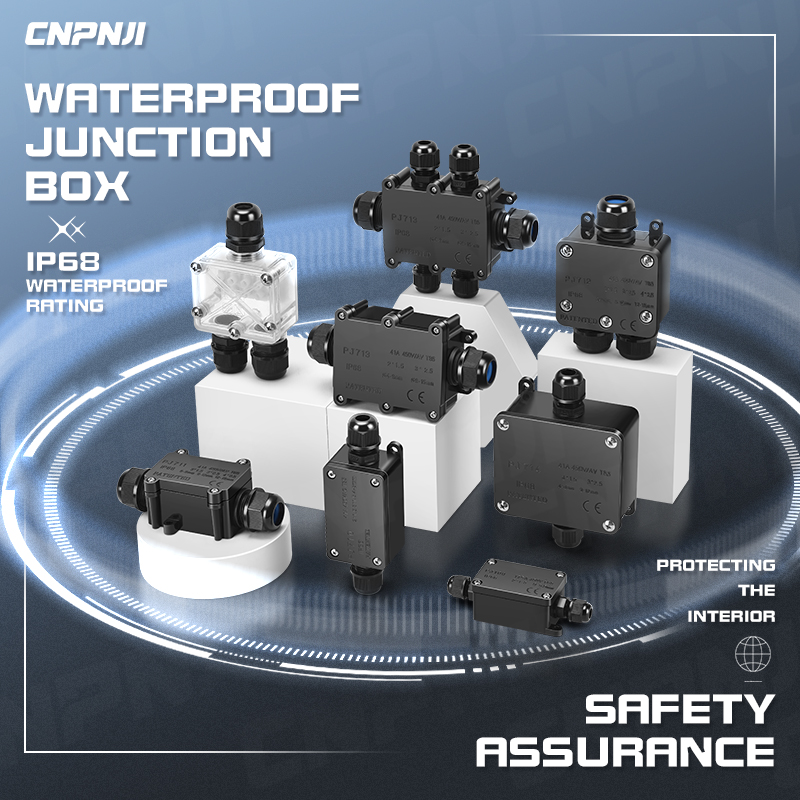Exploring Black Terminal Box: Function, Specification, and Application Analysis
In the field of electronic engineering, black terminal boxes are a common component that plays an important role in various electronic devices and circuits due to their practicality and versatility. This type of terminal box has become an indispensable tool for many engineers and technicians due to its unique appearance features, precise size specifications, and durable materials.
Black terminal boxes are usually rectangular or square in shape, with a matte or glossy black plastic shell on the surface. This design is not only aesthetically pleasing, but also helps reduce light reflection and avoid visual interference. The front of the box usually has multiple metal or plastic terminals, which are used to connect and secure wires for the construction and maintenance of the circuit. The number and arrangement of terminals may vary depending on the model, and some terminal boxes may also be equipped with screw fixing holes to securely secure the wires.
In terms of size specifications, black terminal boxes come in various sizes, ranging from mini ones that can accommodate several wires to large terminal boxes that can manage complex circuits. These boxes are usually designed according to international standards to accommodate electronic devices of different sizes and complexities. For example, a standard medium-sized terminal box may be 15 centimeters long, 10 centimeters wide, and 5 centimeters high, which can accommodate dozens of wires and meet most daily usage needs.
In terms of material, black terminal boxes are usually made of engineering plastics that are resistant to high temperatures and impacts. This material not only ensures the durability of the box, but also maintains stable performance in harsh environments. The internal wiring terminals are mostly made of copper or stainless steel, which have good conductivity and corrosion resistance, ensuring the reliability and long-term stability of wire connections.
Black terminal boxes are widely used in electronic devices and circuits. They are commonly found in fields such as household appliances, industrial control systems, communication equipment, automotive electronics, and power systems. In these applications, terminal boxes play a role in organizing wires, simplifying circuits, improving electrical safety, and facilitating maintenance. For example, in household air conditioners, terminal boxes can help centralize the management of power and signal lines, while in industrial control systems, terminal boxes can be used to distribute and connect wires for sensors and actuators.
In short, black terminal boxes have become an indispensable component of modern electronic devices and circuits due to their practical design and reliable performance. Whether in daily household appliances or complex industrial control systems, they play a crucial role in helping people achieve effective management of wires and safe and stable operation of circuits.
